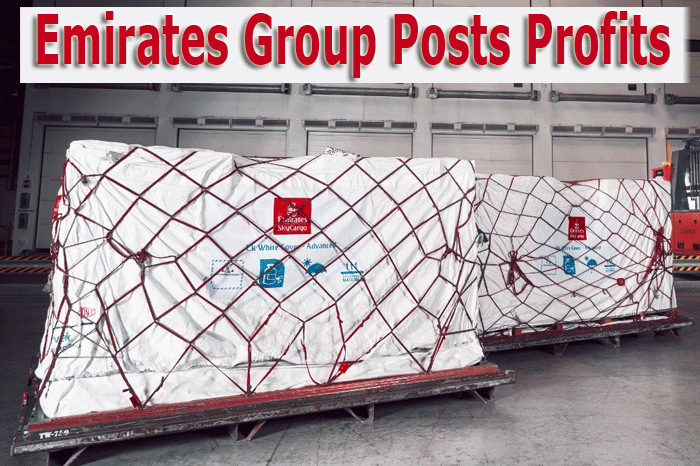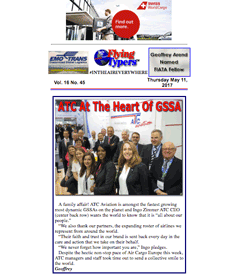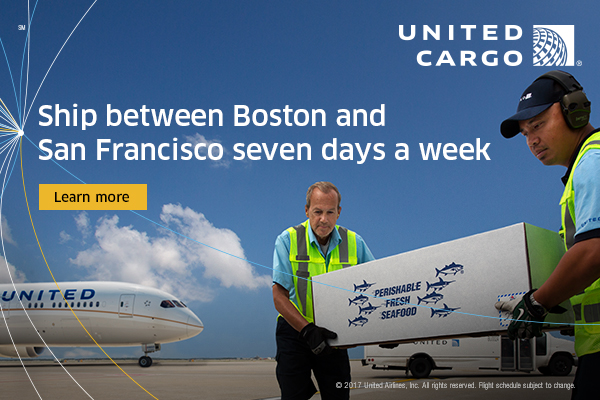 |
 |
 #INTHEAIREVERYWHERE |
| Vol. 16 No. 46 | Wednesday
May 17, 2017 |
After
100+ days, President Trump is
still focused on his campaign
promises to provide the U.S. with
security, GNP growth, and improved
infrastructure. Growth & Challenges
As I have suggested in my past
articles, these policies will
help to grow the U.S. airline
industry, but this growth will
create secondary problems, among
which are the need for improved
and increased airport infrastructure
and more pilots. The Pilot Crunch
Both military and aviation industry
experts have long predicted, even
based on the existing trends and
policies, that U.S. aviation would
face a serious shortage of trained
and qualified pilots. U.S. Commercials Move
As a result, the U.S. commercial
airlines have incentivized military
pilots to leave early to join
the commercial airlines and this
has become a national issue.
Pilot Turnover Accelerates
Due to the aging of the current
commercial pool of trained and
qualified pilots, it is estimated
that approximately 45,000 out
of 153,000 U.S. airline pilots
will reach mandatory retirement
age in the next five years. High Costs, No Seed Incentives
One of the major contributing
problems is the high costs of
training U.S. non-military pilots
has shifted over time from employers
onto perspective learners, who
must often personally finance
education costs, in many cases,
over $500,000 without any government
assistance.
Flight Time Exported Because of this, some 250-hour trained U.S. pilots opt to sign on to airlines in countries like China, Europe, and the Middle East, which also face pilot shortages but only require 250 hours of flight training and pay high compensation. Pilots For All Seasons
To make matters worse, the pressures
placed on the commercial airline
industry exacerbate the shortages
the U.S. military already faces.
Filling Pilot Ranks From Military
The risk of the commercial airline
sector cannibalizing the capacity
of the U.S. military is real,
and the size of demand in the
commercial sector dwarfs any surplus
pilots the military trains, meaning
commercial recruitment of military
pilots will have a direct and
immediate impact on sustainment.
No Other Choice?
If the commercial industry does
not develop ways to recruit and
train sufficient non-military
pilots and merely continues offering
military pilots huge incentives,
the military may have to resort
to appropriate actions to maintain
the force needed for national
defense.
To Read Part 1 of This
Series, Click Here |
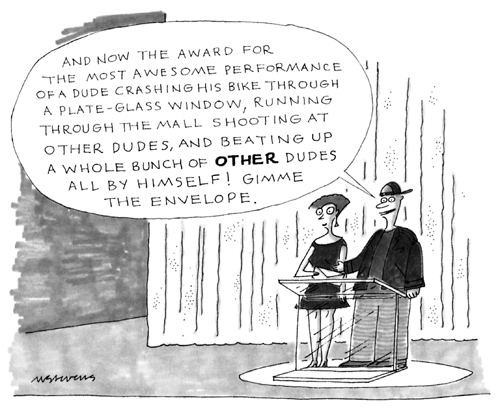 |
Air
Cargo Europe bestowed another
blizzard of air cargo awards at
its “Gala Dinner”
in Munich last Wednesday. |
 |
|
Emirates
Group (EG) posted an AED 2.5 billion
(U.S. $670 million) profit for
the financial year ending March
31, 2017, down 70 percent from
2016. |
If
You Missed Any Of The Previous
3 Issues Of FlyingTypers Access complete issue by clicking on issue icon or Access specific articles by clicking on article title |
||
 Vol. 16 No. 43 ATC Shines At Grand Expo Munich This Week Chuckles for May 8, 2017 The Fixer At American Airlines Cargo Look Who's Sporting The Maple Leaf Another Day In Paradise I'm The President! Can You Believe It? |
 Vol. 16 No. 44 Lufthansa Cargo Joint Is Jumping Chuckles for May 10, 2017 Fast Jacques Seizes The Moment Uli @ Qatar Airways Reimagines Cargo 2017 On The Beat @ Air Cargo Europe |
|

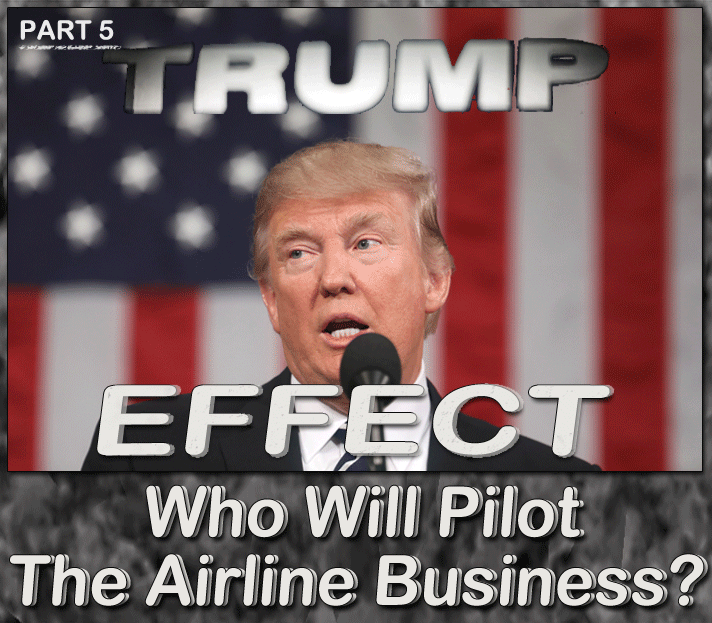
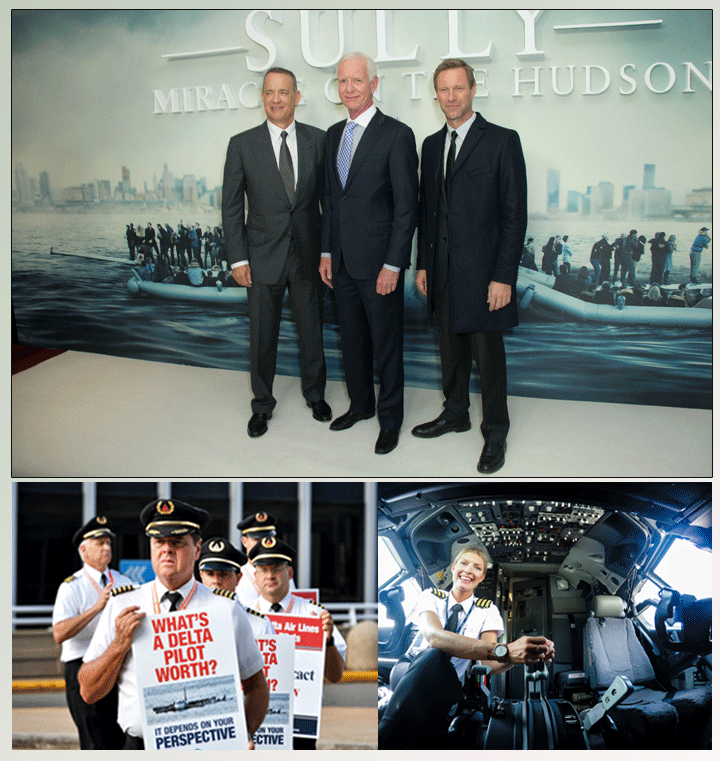
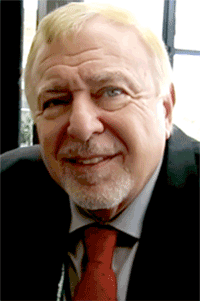 Mr.
Boesch started his career
in global transportation
and logistics in 1965 working
for Seaboard World Airlines.
He later joined Flying Tiger
Airlines and Emery Worldwide.
Mr. Boesch then left Emery
to become Pan American World
Airways’ Senior Vice
President where he headed
both Passenger and Cargo
Sales and Operations. He
left Pan Am to lead American
Airlines’ Cargo operation
and retired from AA in 1998.
Under his direction American
became a world leader in
the air cargo and logistics
business.
Mr.
Boesch started his career
in global transportation
and logistics in 1965 working
for Seaboard World Airlines.
He later joined Flying Tiger
Airlines and Emery Worldwide.
Mr. Boesch then left Emery
to become Pan American World
Airways’ Senior Vice
President where he headed
both Passenger and Cargo
Sales and Operations. He
left Pan Am to lead American
Airlines’ Cargo operation
and retired from AA in 1998.
Under his direction American
became a world leader in
the air cargo and logistics
business.
